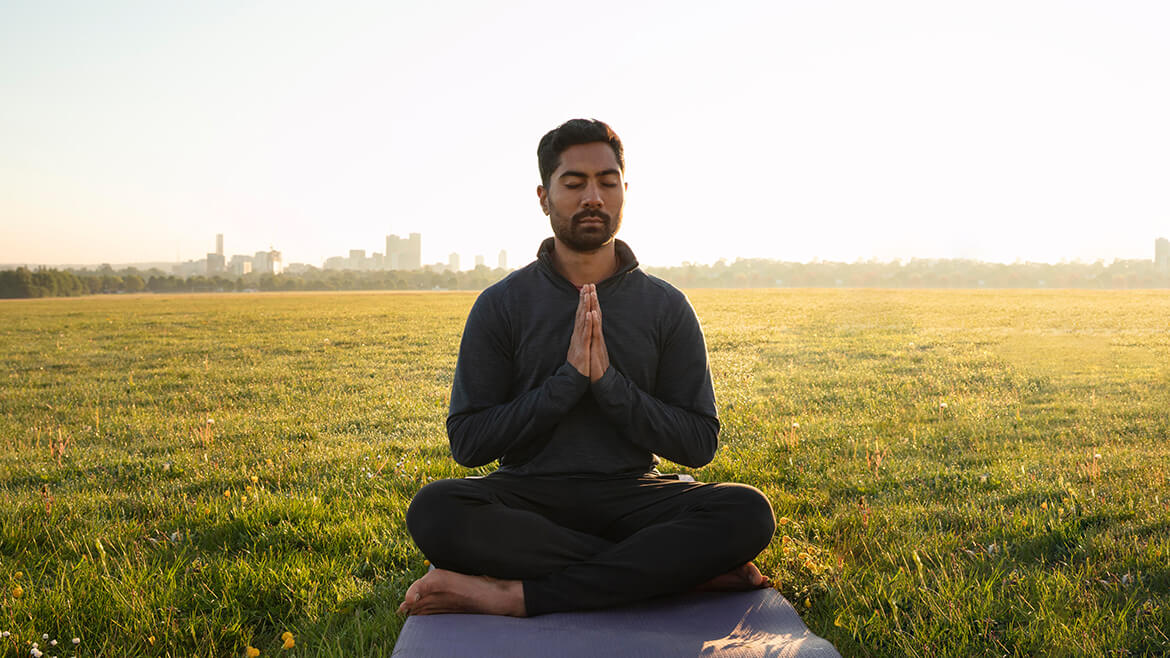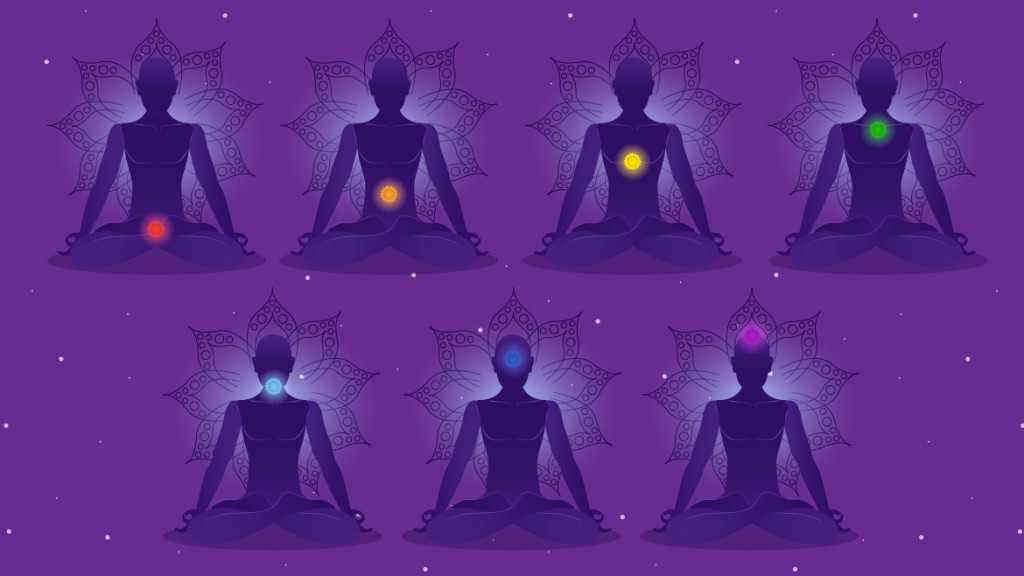Meditation and its Fundamental Techniques
(Based on the live discourse of Param Dwij)
(परम द्विज के प्रवचन पर आधारित)

The most effective method for practising meditation is for a person to remain in the role of Sakshi, which he compares to a passer-by who is standing on the side of the road and observing the vehicles and people travelling by. As soon as you can detach yourself from your constantly revolving thoughts without becoming involved with them, you will become aware of a gradually growing true self that is more conscious, peaceful, and in a state of equilibrium within you.
Many different forms of meditation have been practised traditionally since ancient times. There isn’t one particular form of meditation that Param Dwij endorses over the others. He believes that each form of meditation can be somewhat beneficial in different scenarios.
Because it is an organic process that cannot be forced, meditation cannot be taught. You cannot. You need to watch for it, and it will manifest itself. It is precisely the same as if you needed to cook something; you would place all the ingredients in the skillet, turn on the induction, and then watch it cook.
So, you need to put all of your energy, emotions, and body in the right place, and it will happen on its own. Knowing its appropriate mannerism, asana (position), and techniques can enhance the experience of meditation.
Postures
Here is a list of popular postures and techniques widely practised among meditation practitioners.
Quarter Lotus
- Sit on your floor
- One foot is on the top of the opposite ankle
- Another foot is the top of the opposite ankle
Half Lotus/Ardha Padmasana
- Sit on the ground
- Hips open
- Cross your legs
- Place your right foot on your left ankle
- Place your left foot under your right ankle
Padmasana/Full Lotus
- Sit comfortably
- Open your hips
- Cross your legs
- Position the left foot on the top of the right ankle
- Right foot on the top of the left ankle
Siddhasansna or Muktasana/Burmese position
- Sit comfortably
- Bend your knees
- Rotate your knees outwards with your legs crossed
- Place your left heel inside your right thigh
- Place the right heel – just touching the top of the left ankle or calf
Vijrasna / Seize position
- Rest in a kneeling position resting heels on the cushion
Chair
- Have a chair
- Sit comfortably
- Place your feet firmly on the floor
- Back should be straight while sitting but relaxed
- Spine is in proper alignment
- Tuck your chin downward to begin meditating
Shavasana/Lying Down
- Lay down on your back
- Place your feet shoulder-width apart
- Place your arms with facing upward palms
- Neck and head are relaxed
- Let your weight sink into the ground
- Relax your pelvic region
Meditation Types

Mantra/Om Meditation
Mantra meditation is an old method in which you focus on saying or chanting a mantra calmly and steadily over and over again instead of focusing on your breathing and keeping your mind quiet. Its rhythmic sound creates a vibration that helps you concentrate, calms your racing and clashing thoughts, improves your ability to pay attention, and calms your nervous system. Articulation of the ‘Om’ sound following its proper pronunciation has remained a common practise among Indian yogis from ancient to modern times. Mantra is not confined to any specific religion. It can be from any of your choices.
Transcendental Meditation
Transcendental Meditation is a powerful tool or practise of meditation designed by Maharshi Mahesh Yogi and derived from ancient yoga practises. It has become common among practitioners. You need to sit, close your eyes, and watch your thoughts in your head. And you will realise after the passage of a few days that those racing thoughts gradually calm down and settle into a peaceful place inside. In this practice, your mind stays quiet, but you remain awake and slowly move into pure consciousness.
Atma Vichara or Self-Inquiry Meditation
Param Dwij ji says the most significant quest after the birth of a human is seeking the true self and attaining their ‘dwij’. Atma Vichara is also called Jnana Vichara in Sanskrit and was recommended by Ramana Maharshi. In this practise of meditation, the person asks, ‘Who am I?’ which leads the person to the conscious existence of the person and fosters the awareness of the being. But in all the processes, one should not intervene with the ego, as knowing one’s own spiritual being cannot be attained by rational answers. Realising one’s ‘Brahman’ is not possible through logical reasoning. It requires enough sincerity to find your pure existence.
Mindfulness Meditation
Mindful meditation is a tool that enables one to be more conscious of oneself—the inner being as well as the moment one is living, the place one resides, and the people one is surrounded with and get the least affected by what’s happening around. It is such an easy commodity that one can practise it anywhere, regardless of the place or surroundings, while working in the workplace, doing household chores, commuting with people, or travelling. In mindful meditation, the practitioners must watch their thoughts as a birdwatcher watches birds in the woods without judging them.
Chakra Meditation
Chakra Meditation is an ancient Indian meditation practice that means ‘wheel’ and refers to the centre of spiritual energy in our mortal bodies. It purifies our psychic centres by activating our seven chakras. It activates, opens, and balances the seven chakras’ energy flow. It brings one’s consciousness, soothes the thought process, makes one aware of pulsating nervous systems, and stalks awareness of physical well-being. Each chakra is located at a particular location of the body along the spinal line and has a corresponding colour.



